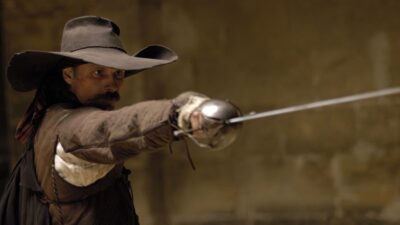Rapier vs Shortsword: Reach Advantage or Formation Fighting?

The rapier and any type of shortsword are blades that, despite their differences, are excellent in their own combat style. Debate is often raised in the sword community over which would be the ideal blade and better dueling weapon for certain situations.
This article will answer this question by examining both weapons in detail and exploring their different uses.
Terms, Characteristics, and Design Differences
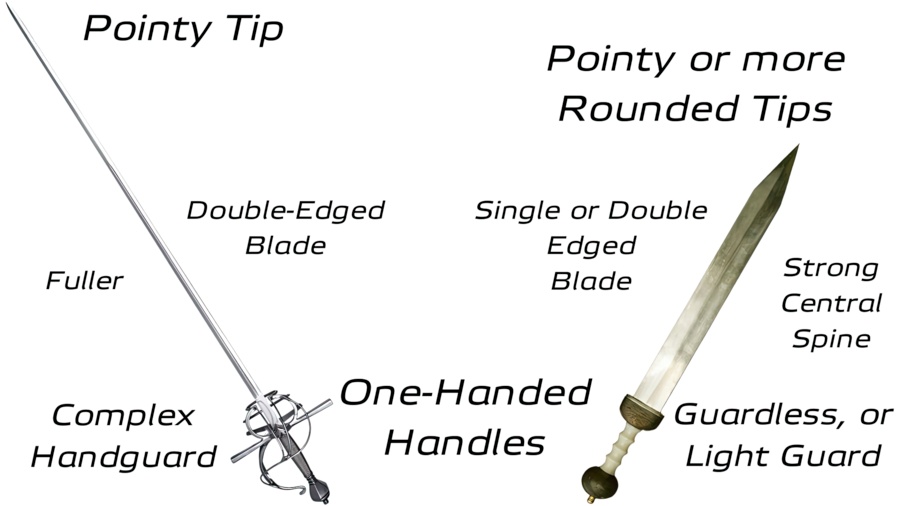
The rapier had several names throughout history and was often simply called a sword. Today, the term rapier comes from the 15th-century espada ropera, which translates to dress sword.
This refers to the long, slim blades carried during the Renaissance that were useful for self-defense and represented the higher status of its user.
The term shortsword is descriptive and, while not popular in history, is fairly valid today. It describes any sword, regardless of origin and culture, with a somewhat disputed length of around 26 inches (66 cm) or less.
A shortsword isn’t a particular type of sword with its own unique characteristics, such as the smallsword or longsword, which is how it is often portrayed in anime or role-playing games.
Blade
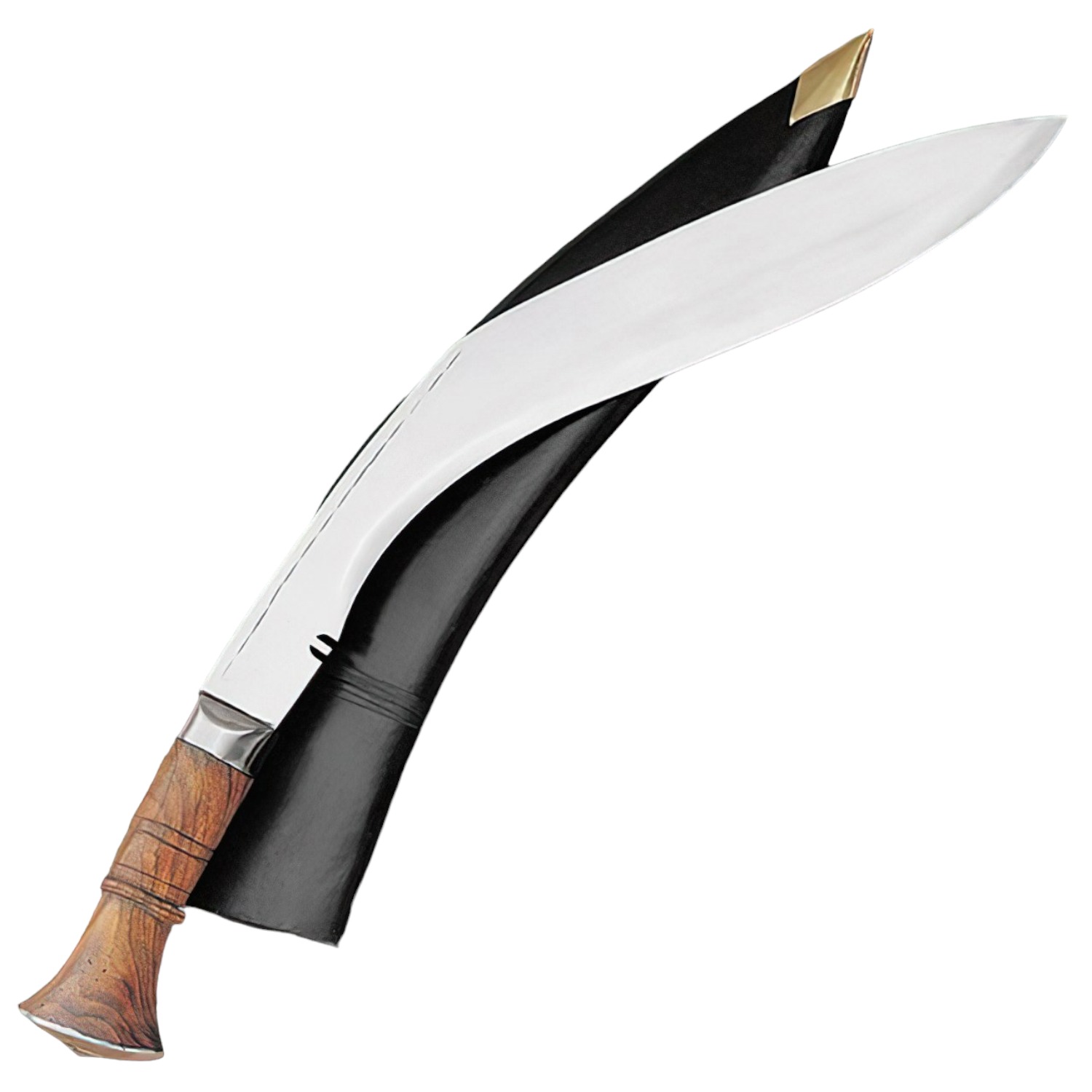
The blades of rapiers and shortswords are made of high-carbon steel with different compositions. Rapiers have a more elastic trait than the compact and sturdy shortsword blade. Rapiers from the 16th and 17th centuries can have slightly broader or slim blade designs. They are straight and double-edged with a sharp tip for quick cut and thrust strikes.
Some can feature short fullers as decor or to lessen their weight. Some can also feature an unsharpened ricasso, allowing for more versatile and flexible grips. The length of a rapier blade will vary depending on its type and the user’s height, but it is usually around 41 inches (105 cm) with some variation.
Shortswords can be single or double-edged with curved or straight blades. The tips can be very sharp, which is critical for sliding through gaps in enemy armor. The tips can also be rounded to excel in cutting attacks or a balanced mix of both to allow for cutting and thrusting.
Some rapier blades can be broad to excel in cutting like a machete, while others can be slim and curved, like scimitars, to be ideal for slicing. They can feature fullers, but most have reinforced spines or cores, allowing for more impactful attacks or using the weapon for daily utility tasks. True to their name, shortswords have shorter blades, averaging 12 to 22 inches (30 to 55 cm).
Hilt
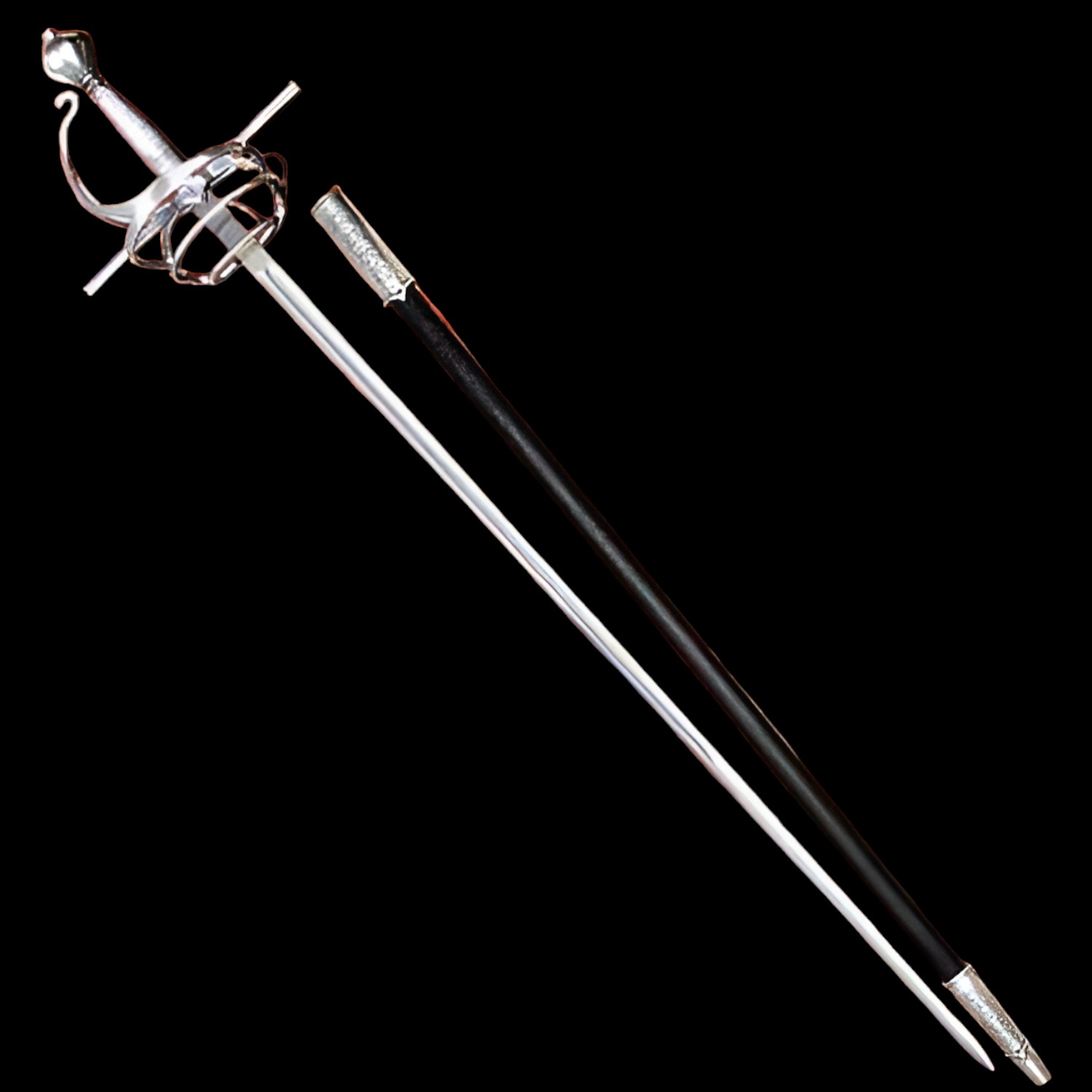
Both rapiers and shortswords are generally one-handed blades. Their hilts consist of a tang carefully wrapped with wood or cord held together by a pommel at the end.
Rapiers have protective hilts in various settings such as cups, baskets, ring finger guards, and swept-hilt style. These are made of metal, protecting the user’s hand and giving the sword central balance.
Shortswords generally do not feature large guards, and some, like the iconic gladius, feature no guards. Their handle firmly fits the user’s hand, allowing for fast slashing or stabbing maneuvers.
Some can have a round handguard or a typical European cruciform crossguard for light protection.
Scabbard

Rapiers are carried in a long scabbard fit to the user’s blade. It is carried traditionally on the left side of the wielder’s belt. Scabbards are usually crafted from wood to protect the blade from damage.
Shortswords have smaller scabbards and can feature wooden or leather sheaths. They are traditionally carried on the left side, but some were worn on the right for easier unsheathing.
Size and Weight
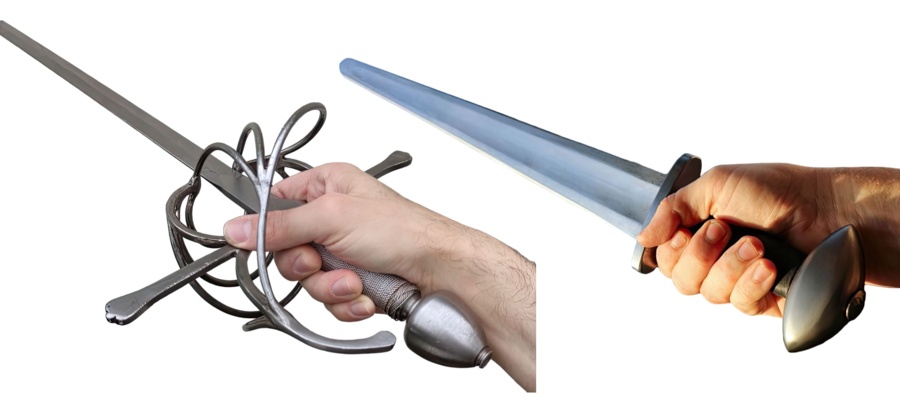
Despite the rapier appearing slimmer and lighter, it is significantly heavier than most short swords. The center of balance is near the hilt and handle, giving great maneuverability to the tip.
The weight of a rapier varies due to its size and the amount of protection its guard features provide. It usually spans 2.2 to 2.9 lbs (1 to 1.3 kg).
The shortsword is a light weapon of war due to its shorter size. Its central point of balance can be near the hilt, but in some cases, it is tip-heavy, allowing for more impactful strikes.
Depending on the type of shortsword, whether it is used with a shield or as a second weapon for a dual wielder, its weight can vary from 0.44 to 2.64 lbs (0.2 to 1.2 kg).
Historical Significance
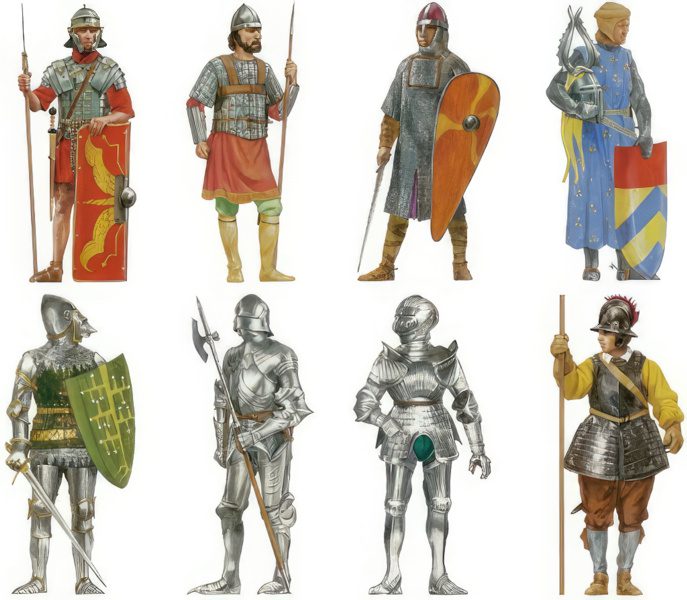
The first swords in history were shortswords. With increased technological metallurgical advancements, they evolved from daily practical tools like the knife or sickle around the 30th century BCE. Some of the first shortswords in history were straight and double-edged, while others resembled a sickle. The khopesh in ancient Mesopotamia and Egypt and the jian in China were some of the initial blade designs.
They were one-handed weapons that were the primary sidearm of many warriors throughout the Bronze Age and were truly effective in battle. Some cultures used them side-by-side with longer spears or polearms. The Romans emphasized the gladius shortsword as a primary weapon that easily defeated the longer spear with tactics, strategy, and discipline.
With the increase of metallurgical advancements and the different needs of war, such as cavalry, larger swords emerged, including the rapier, during the 16th century. It was a slender blade that replaced the contemporary longsword and the greatsword and was used as a self-defense melee weapon.
It introduced a new fighting style that leveraged reach advantage with a point-focused balance and dueling system that emphasized more tactical thinking and finesse over physical prowess. However, due to its larger traits, it would eventually be replaced by the smallsword and the saber.
Rapiers remain one of the most popular HEMA (historical European martial arts) training tools while some shortswords are still used by some militaries today, like the Gurkhas.
Combat Preference and Uses

Rapiers and shortswords are different melee weapons, requiring different footwork, movement, offense or defense approach, and blade-striking maneuvers. Rapiers have longer, slimmer blades capable of light-cutting strikes but excelling in their piercing damage. The core behind the rapier is the user’s dexterity and finesse, emphasizing the weapon’s reach advantage.
Rapiers are one-handed swords with purpose, allowing the user to extend his reach when thrusting proficiently. Rapiers can be used with another tool, such as a dagger, buckler, or dual-wielded rapiers. The point precision and design make it an ideal one-on-one weapon. However, this also causes it to lack compact formation fighting.
Shortswords are practical due to their smaller size. They are useful in close-quarter fighting, ideal for formation fighting such as shield-walls, adequate for cavalry, and during a siege. Some shortswords take precedence in rigid cutting attacks due to their sturdier blades, while others are better suited for stabbing. The blade of a shortsword easily slips through gaps in enemy armor and also serves as a weapon of choice when fighting an armored opponent.
Shortswords are easily concealed and can be used for two-weapon fighting or grappling. They are simple weapons to master, but their short size causes them to fall short against larger blades with the need to rely on protection such as armor or shield.
